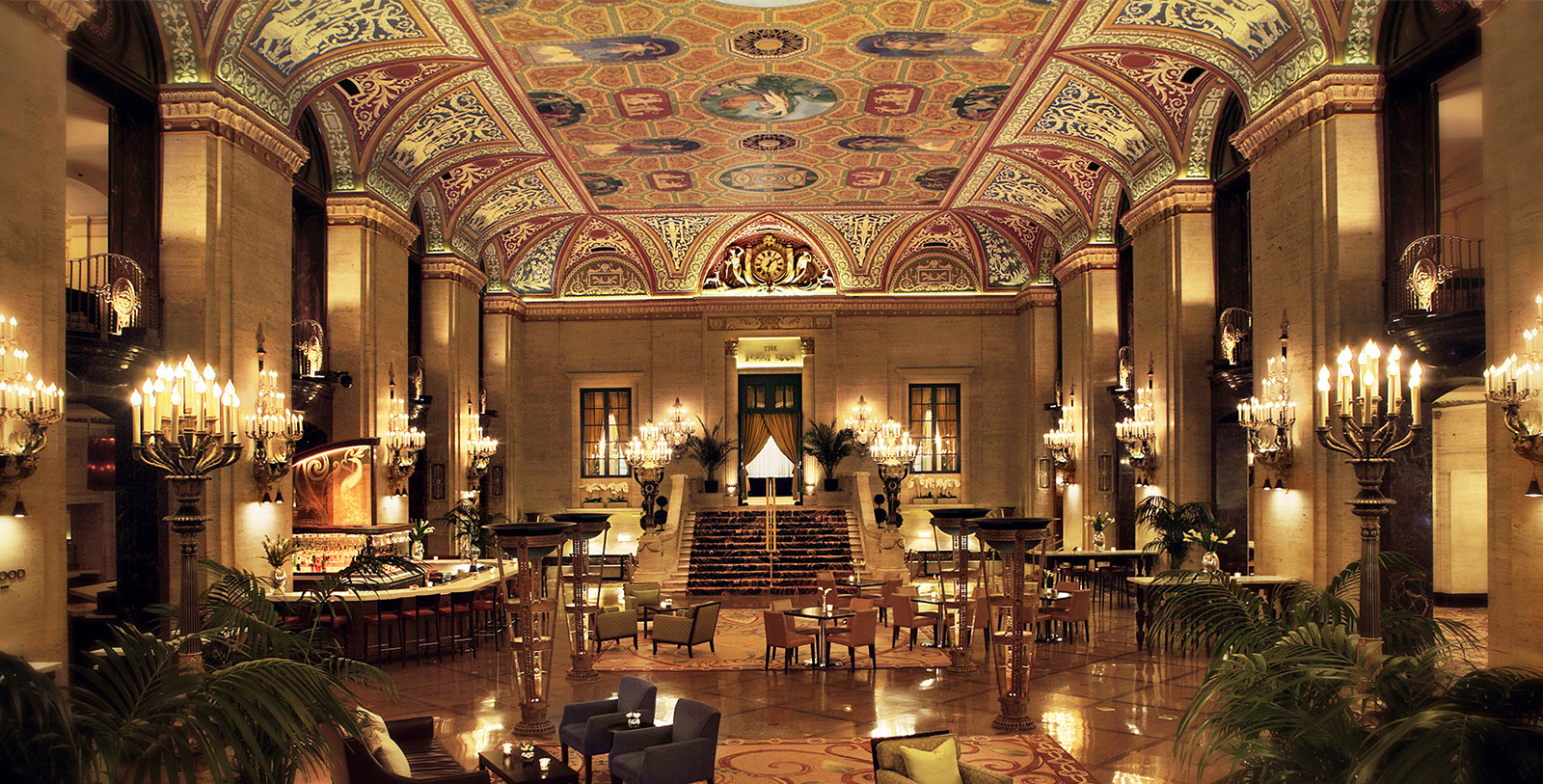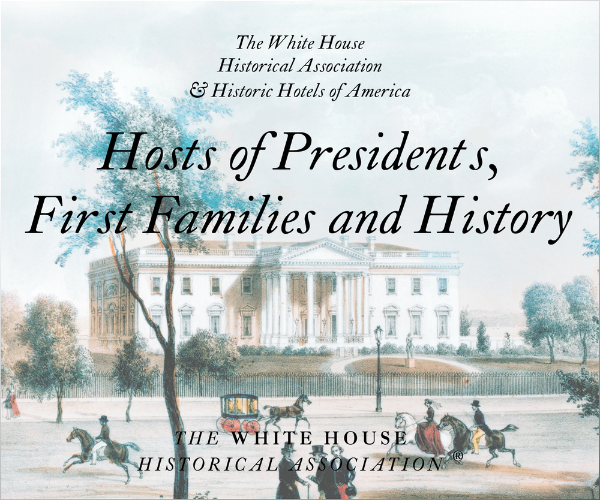Tomato juice might be considered a staple of the hospitality industry. It’s commonly served on most airlines and is one of the primary ingredients of the Bloody Mary cocktail, a mainstay of Sunday brunch. In the 40s and 50s, it was popular as an appetizer in many restaurants.
You might associate tomato juice with later makers, like Del Monte and Sacramento, but it was a man named Louis Perrin who first invented the beverage in 1917. Perrin, a chef at the French Lick Springs Hotel in southern Indiana, ran out of orange juice and needed a substitute for his patrons. He decided to mix ripe, freshly squeezed tomatoes with a touch of sugar and his special sauce. The new “tomato juice” not only caught on with his customers but still remains a favorite some 100 years later.
In an era when many hotels are doing away with minibars, setting up self-service kiosks, experimenting with grab and go meals, leasing restaurant space and promoting tech-enabled ordering, it’s easy to forget that fine restaurants were often an integral part of fine hotels.
More than 300 hotels across the United States are members of the prestigious Historic Hotels of America. Each of these properties is least 50 years old, and has been recognized by the National Trust for Historic Preservation for maintaining its authenticity, sense of place and architectural integrity in an industry often characterized by change.
Many of these iconic hotels have also made notable contributions to our nation’s culinary heritage and traditions. Historic Hotels of America recently compiled a list of 25 hotels that have made the most unique contributions to our country’s culinary heritage and traditions. These include developing inventive recipes as well as foods and cocktails closely associated with a hotel’s history (for at least 25 years), ones that are still served today.






























